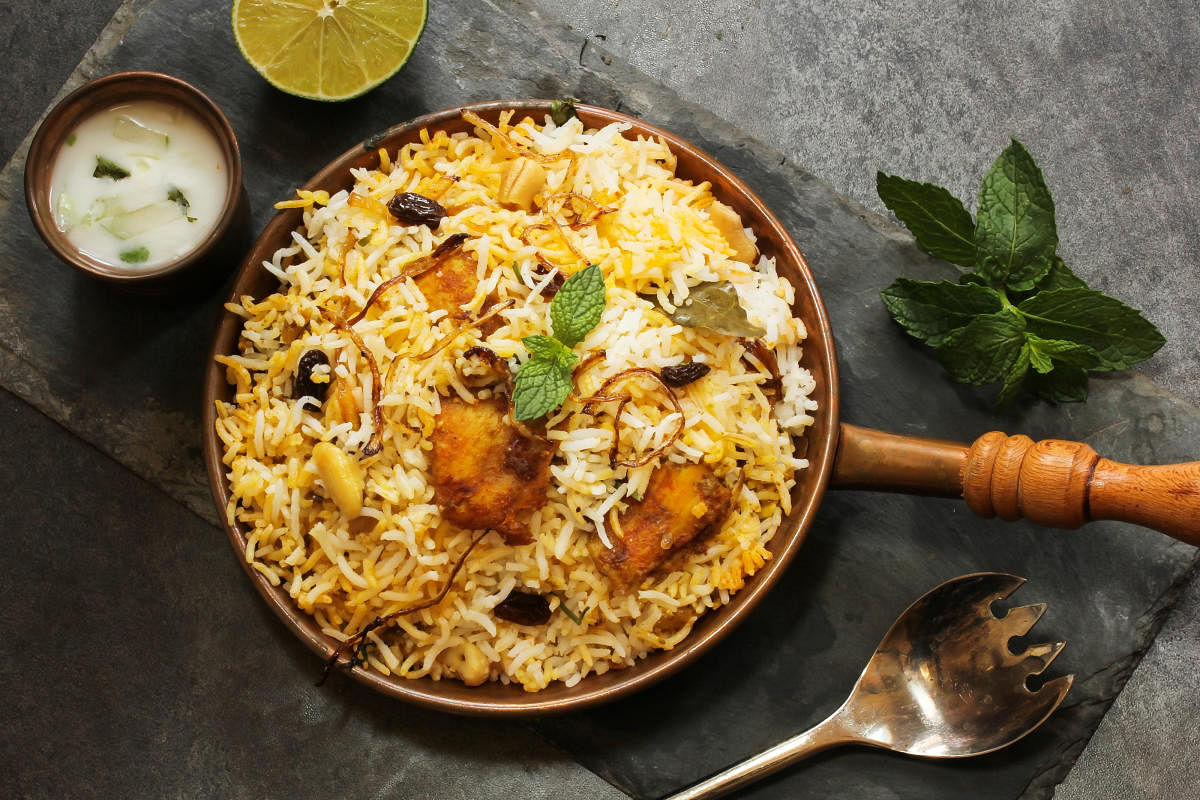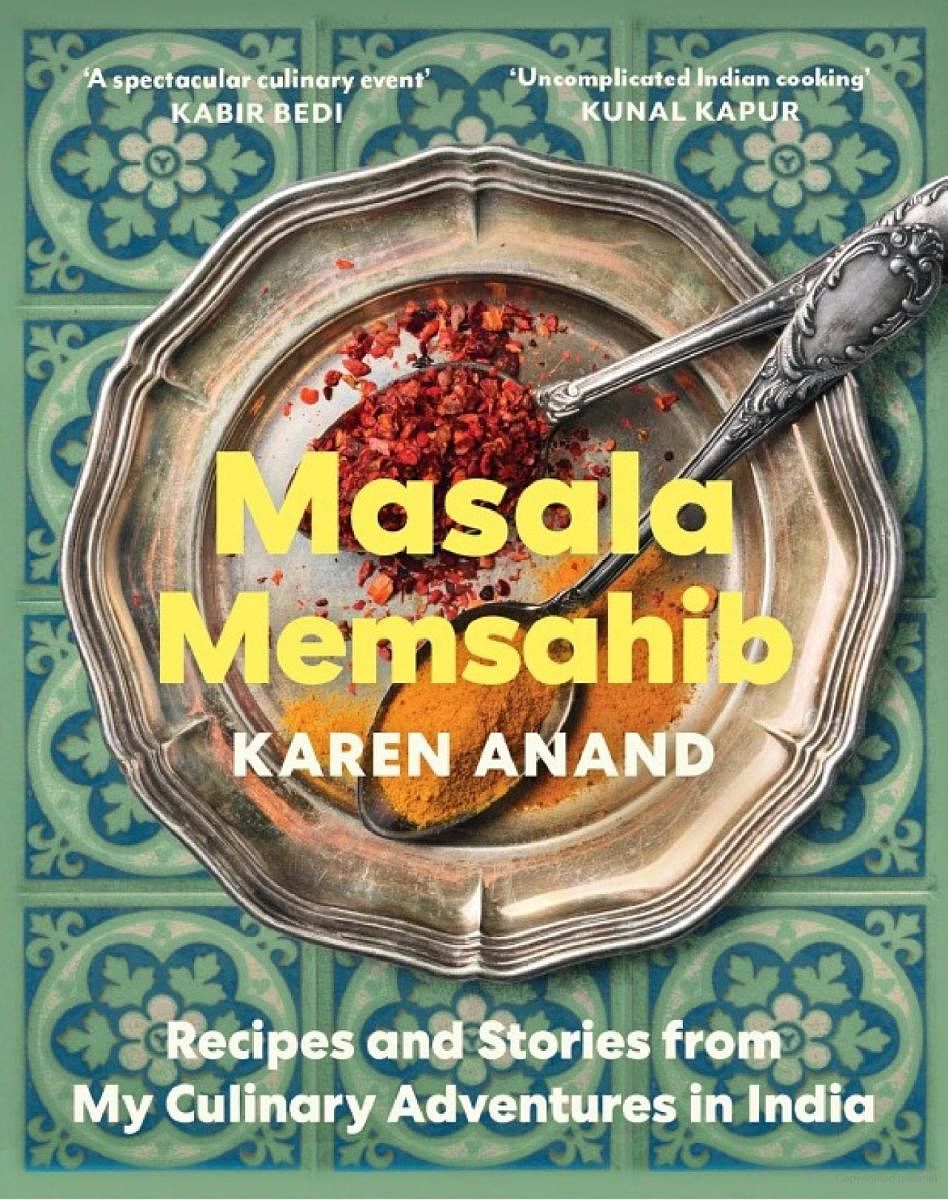

The evolution of progressive Indian cuisine has brought the focus on the need for recipes to stay authentic yet experimental when they are replicated anywhere in the world. But with the need for experimentation stemming from the ever-changing palate of our times, the implications of authenticity and what that means in the larger context of food culture need to be examined. Too little authenticity is considered a form of cultural misrepresentation and too much gets construed as uninviting but while experimenting with authentic recipes, do the lines between culinary appreciation and cultural appropriation get blurred?
“Innovation works best when it is about keeping in touch with modern times and you have to innovate to stay abreast with trends in health as well,” believes author and food consultant Karen Anand, who recently published Masala Memsahib with Pan Macmillan India. “I think the palates of young people are much more diversified than they used to be. Young people 30 years ago, didn’t have much choice. They would eat whatever their parents gave them and it would be largely traditional food that was cooked every day. Now, because of living away from home, they have access to so many different types of cuisines like Mexican, Italian, Chinese and so on, that they are obviously exposed a bit more and they travel a lot as well but whether what they eat is the real deal is another story,” believes Karen. She’s of the opinion that you have to make food a little bit sexy and it should be easy to make as opposed to recipes that are very difficult or rooted in huge amounts of skill. That’s one way of renewing interest in Indian food. I think everybody in India, even the Gen Z, has a spicy palate. “We like strong flavours and I think that’s a huge plus point for Indian regional food,” adds Karen. But have we forgotten to focus on flavours in our quest to reinvent the wheel? “There’s always a risk that flavour gets lost in that exercise. I have always been an advocate of big flavours, not necessarily traditional ones but big flavours. I think big flavours are very important for two reasons — we all want food that’s interestingly flavoured. It doesn’t all have to be comfort food and the second thing is I think as life is progressing, whether we like it or not, the quality of our produce is getting worse and you have to pay a lot of money for better produce or organic produce unless you grow things in your own garden! As the quality of produce gets worse day by day, you have to increase the flavour quotient in your dish to then make it acceptable. A lot of chefs concentrate too much on presentation... Manish Mehrotra once said that he will not have a chef in his kitchen if he has a pair of tweezers in his pocket. “While innovation and presentation are important, flavours rule the roost,” she says.
On the contrary, there are chefs who would rather go the extra mile to dig deep into traditional fare to retain the authenticity of the recipe. Karen says, “Alternatives are far and few in between but that’s when innovation comes into play. For instance, if you’re making undhiyu in Boston, you may not find surti papdi and may replace it with edamame or fava. Is this wrong? No, because it’s very important to understand the purpose of why you are cooking. Are you doing it to document an old traditional recipe or are you doing it for a family or for entertaining or to recreate a memory?”
The debate surrounding authenticity is no wonder not cogent as authenticity is subjective. It is more of an emotional impulse to protect cultural remnants while every other aspect has assimilated into a new culture.